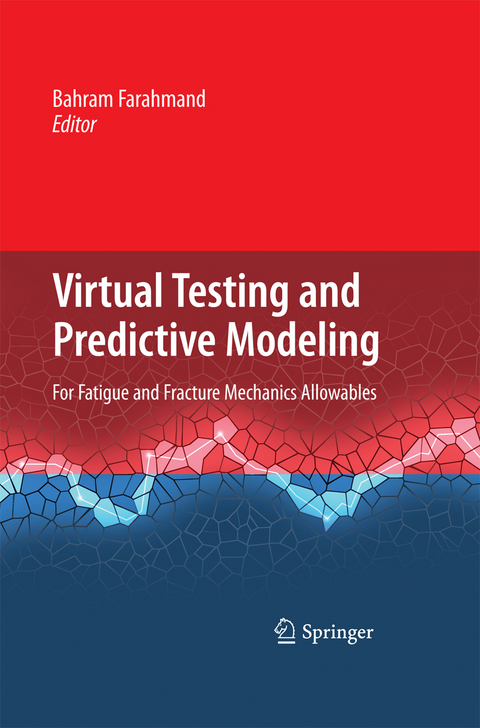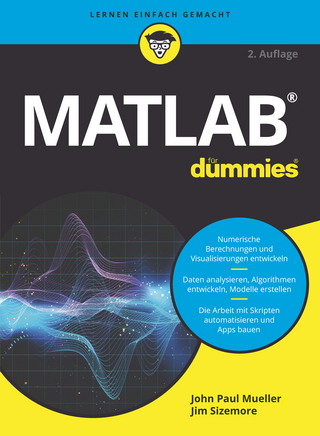
Virtual Testing and Predictive Modeling
Springer-Verlag New York Inc.
978-1-4899-8370-1 (ISBN)
Virtual Testing and Its Application in Aerospace Structural Parts.- Tools for Assessing the Damage Tolerance of Primary Structural Components.- Cohesive Technology Applied to the Modeling and Simulation of Fatigue Failure.- Fatigue Damage Map as a Virtual Tool for Fatigue Damage Tolerance.- Predicting Creep and Creep/Fatigue Crack Initiation and Growth for Virtual Testing and Life Assessment of Components.- Computational Approach Toward Advanced Composite Material Qualification and Structural Certification.- Modeling of Multiscale Fatigue Crack Growth: Nano/Micro and Micro/Macro Transitions.- Multiscale Modeling of Nanocomposite Materials.- Predictive Modeling.- Multiscale Approach to Predicting the Mechanical Behavior of Polymeric Melts.- Prediction of Damage Propagation and Failure of Composite Structures (Without Testing).- Functional Nanostructured Polymer–Metal Interfaces.- Advanced Experimental Techniques for Multiscale Modeling of Materials.
| Erscheint lt. Verlag | 29.11.2014 |
|---|---|
| Zusatzinfo | XXIII, 407 p. |
| Verlagsort | New York |
| Sprache | englisch |
| Maße | 155 x 235 mm |
| Themenwelt | Mathematik / Informatik ► Mathematik ► Wahrscheinlichkeit / Kombinatorik |
| Naturwissenschaften ► Physik / Astronomie ► Mechanik | |
| Technik ► Fahrzeugbau / Schiffbau | |
| Technik ► Luft- / Raumfahrttechnik | |
| Technik ► Maschinenbau | |
| ISBN-10 | 1-4899-8370-8 / 1489983708 |
| ISBN-13 | 978-1-4899-8370-1 / 9781489983701 |
| Zustand | Neuware |
| Informationen gemäß Produktsicherheitsverordnung (GPSR) | |
| Haben Sie eine Frage zum Produkt? |
aus dem Bereich


